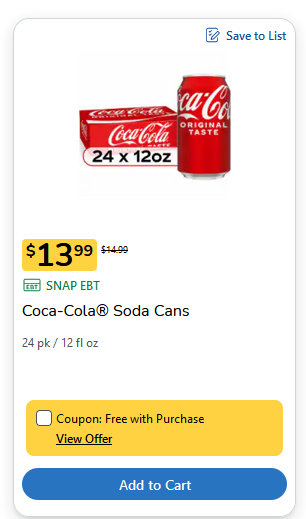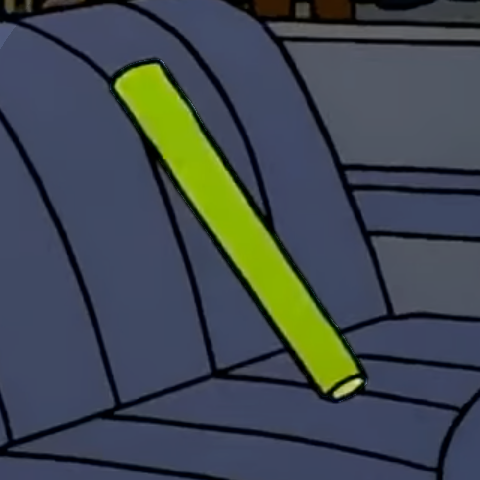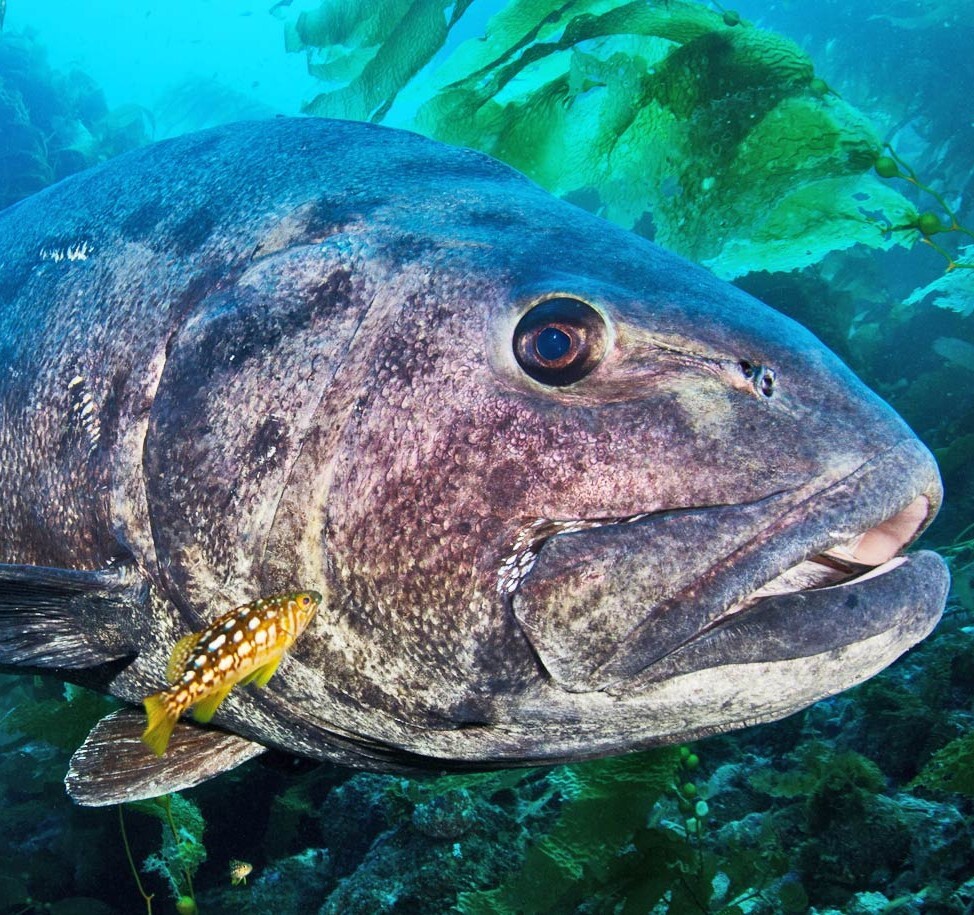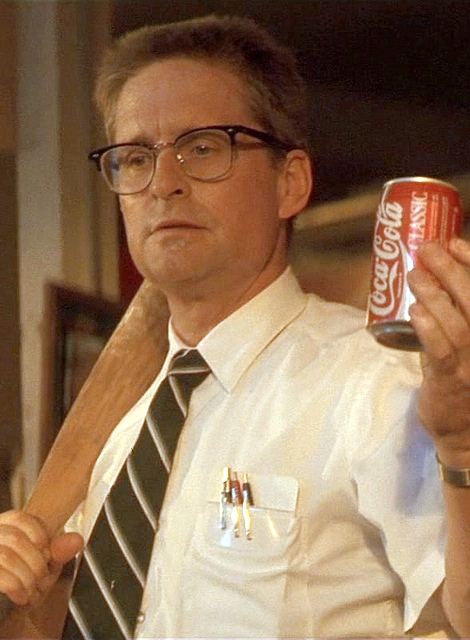Woke scientists stopped experimenting on children and this happens.
Piaget's theory of cognitive development
One example of an experiment for testing conservation is the water level task. An experimenter will have two glasses that are the same size, fill them to the same level with liquid, and make sure the child understands that both of the glasses have the same amount of water in them. Then, the experimenter will pour the liquid from one of the small glasses into a tall, thin glass. The experimenter will then ask the child if the taller glass has more liquid, less liquid, or the same amount of liquid. The child will then give his answer.
I always thought this test was "children think taller and thinner = more". But actually it's way different, this test is "children think taller and thinner = more, but they think it so hard that they think the quantity of liquid literally expands to fill the space."
This happened with the dog food we were buying during the pandemic. The largest bag had been 42 lbs, but then it changed to a 38 lb package. The best part was that they also changed the labeling to say it was "38 LBS!! BONUS SIZE!!" — I have a really good memory for numbers and was instantly pissed about the marketing bullshit.
Same price, of course.
Less efficient use of aluminum for the same volume, too. They're wasting material to do this.
Yup. And in most cases less packing efficiency too. Although in this case I think it is slightly more efficient
Oh, I heard the very reason for this was that it used like 5% less aluminium
Assuming all the sides use the same amount of material per sq or you accurately measure that as well. Given its also more complex than a simple cylinder, weighing would be the easiest option. Could even weigh like 10 at once and average if your scale isn't precise enough for weighing one at a time.
The shape of a soup can is the optimal surface area to volume ratio for a cylinder. If the materials were evenly distributed, it's roughly the optimal shape for using as little metal as possible. Deviating quite a bit from that shape is probably going to use more metal unless they decided to make some parts much thinner, something they could presumably do with the other cans as well.
I think the point was that due to a different construction, the walls could be made thinner or something, idk. I can't find it now and it was probably false. Most articles I find talk about how the new cans "feel more luxurious" and thus sell better.
Seems to me that you can stack more on pallets due to the smaller diameter - I'd guess that it's less a savings on raw materials than it is a logistical one
The Coca Cola company is not happy with me--that's okay, I'll still keep drinking that garbage.
And they’re right. They’re still making bank each year for a reason
Though a big part of that is probably people lacking any alternative. They can't go and get the non-corporate soft drink that still comes in a regular can, their options are either to get the new, more expensive one, or not consume.
Seriously. I tried looking for store-brand sodas in cans and it's basically just ginger ale and seltzers/club sodas in cans here. Have to find a soda syrup wholesaler and getting a water carbonizer to even attempt to have an alternative, which isn't a necessarily small ask of a single person for one food item.
Interesting. Here the local Kroger brand and Safeway both offer full ranges of own-brand soda. Sometimes even flavours (cream soda, pineapple) which have no major brand offering.
Maybe they sub-contract to the local independent bottler so the range varies by region.
it's kind of an edge case, because kroger is the largest supermarket grocer (by revenue) in the US. and 30% of that revenue is from sales of their in-house branding. the only two larger retailers are amazon and walmart, which are international. kroger is only operating inside the US and only in 35 states. it's a beast.
https://en.wikipedia.org/wiki/Kroger#Manufacturing_plants
I switched to Costco fizzy water to lose weight. Chug it fast enough your brain sorta tricks you into thinking it's sweet.
I like to get the off brand stuff you find at corner stores/mini marts idk what you call them.
I was so pissed when the prices jumped up to 55 cents, cuz now I had to carry nickles around with me
Lucky for us, in this open and free market system, we have the alternatives for buying whatever kind of overpriced cola we want. Or, the freedom to make our own HFCS-laden cola at home
explaining to the DEA that I only tried to order Coca leaves for cola-making purposes
Psychologists are working overtime to innovate new ways to dupe you to buy companies' shit.
There is a lethal amount of boomer radiating off this display
MY CAN KOOZIE COLLECTION IS WORTHLESS NOW!!!

I don't know what market this is. I checked a bunch of kroger stores on their website, and in all of them, Coke was only available in 12 oz short cans, and was not $1, but closer to $0.5
Show
They stopped selling the short cans in Sweden last year, all the tall cans now.
But there wasn't a difference in cost. Just that it uses slightly less aluminium, and the "bonus" of people thinking that a tall can might have more in it.
Coming up with new sub-terminology for "marketing".
If you pay close attention to the price per weight of different sizes of products, it's pretty common that the bigger ones are actually more expensive per gram of crunch or goop despite costing less to manufacture. There are marketing geeks that think they can wow you with the packaging and size itself (or they overproduced the smaller one) and they point to all kinds of studies about how making products seem bigger makes them more desirable and likely to be purchased. The larger one might just plain be better because it's a more appropriate size for the person buying it, but rather than reflecting production efficiency, they just crank up the price, just enough that you don't notice, to rake in those sweet profits.
 : "Just don't buy it if you don't like it! Maybe start your OWN soda company, IDC. Just leave the poor multibillion dollar company alone!'
: "Just don't buy it if you don't like it! Maybe start your OWN soda company, IDC. Just leave the poor multibillion dollar company alone!'





















